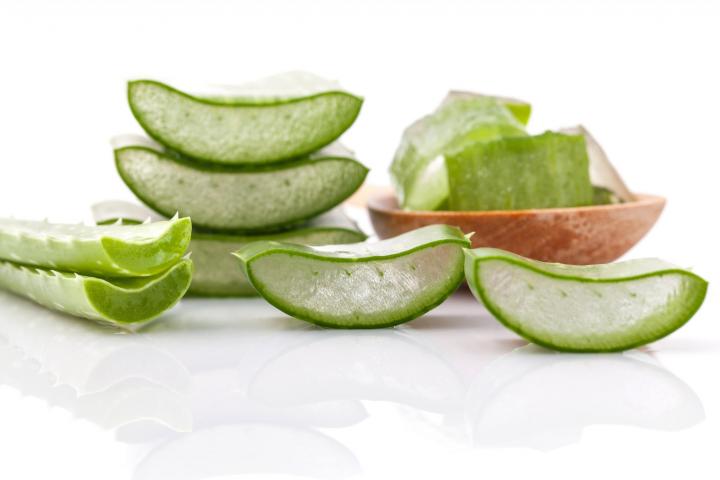
Exploring the Benefits of Aloe Vera
ADVERTISEMENT
I have a Aloe vera plant at home but it has brown dots on the side and also a few lines. What does it mean and what do I do? Thank you
Hi Jisoo,
Sorry to hear about your aloe vera plant! Those brown dots can mean a variety of things, depending on the nature of them. If they are mushy or softish, that could mean you are overwatering. If they are dry or crispy, that can mean the opposite, that the plant needs more water. Sunburn looks more like widespread discoloration which doesn’t seem to be the case? Brown scale manifest as raised brown bumps that can be washed off, and may call for an insecticidal soap and/or removing the parts of the plant affected. Here is our guide to dealing with scale on houseplants. It could also be a fungus: Anthracnose can cause pitted, rusty brown spots, and “aloe rust” can lead to patches of brown that are dry to the touch. Here is our guide to dealing with anthracnose (with images to help you diagnose). In general, you’ll want to isolate the plant from others if it’s a pest or disease versus a care issue. If you think it’s a care issue, you could repot the plant, removing any affected parts, and give it new potting media that is well-draining. Let us know how it goes.
—The Editors of The Old Farmer’s Almanac
Aloe is grown on the island of Aruba (One Happy Island) where it is manufactured for sales of shampoo, hair conditioner, and skin treatment for sun burn or moisturizer. All of the hotels where I have stayed provided complimentary Aloe products to all of their guests. I can remember being on a trip to their Aloe Factory and Museum which was fun and interesting. While there, you can see the fields of Aloe growing in the hot sun. Our guide mentioned that Arubans also used Aloe for indigestion. Aloe is such a good plant.
What if I don’t need all of the gel from an entire leaf. Can I store the rest? Or, can I just cut an inch or two from it?
We freeze it in small pieces then use it. Works like a champ
Aloe works great for bug bites that itch.
My plant is large and doing great, nice and green and plump legs but they get so heavy they bend down and break at the bottom, by the main stem. I try to put sticks in the pot and tie them up but that looks funky. I love my plant but those legs are HEAVY.
HELP!
Would you email me, I am not on my computer to look at this site as often as I need to be. Thank you.
Fresh aloe Vera gel is also used as a rooting hormone
have some fantastic plants with exceptional blooms and vigorous plant survival down to 26 degrees this yr,would like to have opportunity to show the aloe lovers
My aloe vera is about 5 years old. It is in a rather large pot and our weather gets below zero in the winter time, I bring it in and set it back out in spring. It always turns a bit pink in the spring but by mid summer looks green and healthy again. Some of the bottom older leaves die so I trim them off. Last year when it was sitting outside, a squirrel decided to dig in the pot so I bought a new little aloe and potted them together so there was no available soil for the squirrel to dig in. Last winter I brought it in the house and there were three babies coming up. I dug them up and now I have five aloe, enough to share with friends. I have heard you can scrape the inside of the leafs and freeze them into ice cubes then if you get sunburned, you cant beat the relief they give. It is gross scraping the leaves so I have a frozen cube and will not harvest more unless I use up the available cube.










